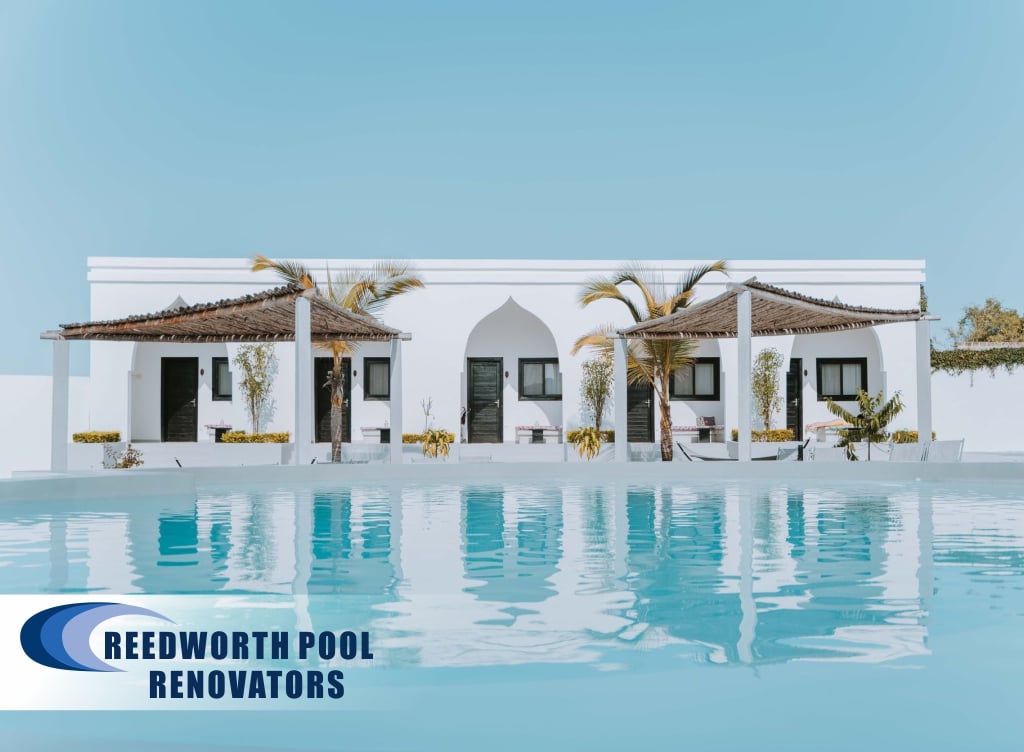Emptying your pump and skimmer basket regularly, especially where trees abound and deposit leaves, ensures that your pool filtration equipment (pump and filter) work with maximum efficiency.
If you have – Poolside paving/tiling that extends from your home to your pool.
There are visible cracks in the surrounding pool paving or your pool coping is loose.You have cracks in your pool surface, loose
grouting/tiling or mosaic tiles that are loose.There may be conflicting expansion/contraction forces causing these problems.
Treating the effect of a pool problem is a short-term solution. Finding and addressing the cause is a long-term solution. The most common cause of pool water loss is the water return fitting which connects your pool water return line from your pool filter to the aimflow return installed in your pool superstructure. In addition, the skimmer box fitting (weir), the wagon wheel gasket and the pool light holder cable are other main suspects.
Pool filter sand does not just get dirty. With time, pool chemicals coat the filter sand grains preventing them from attracting the solids that algae use to propagate and thrive. Over time, the sand grains rub together making them too small to be effective in filtering your pool water. We recommend that, depending on how much you use your pool, you should change your filter sand not less than every 2 years.
Black algae, shortly after formation, become immune to shock treatments, vigorous brushing and acid washing. The only way to rid your pool of the Black algae is to suffocate its root with a non-porous product – a Fibreglass lining.
If your salt chlorinator is apparently not producing enough chlorine, we suggest you have your pool water stabiliser and total alkalinity levels checked before assuming the cause is a lack of salt. If you use a floater, have your pool water chemicals checked every 6 months. Stabiliser levels are reduced only by the addition of new pool water – either partially or completely. Floaters contain stabiliser to protect the chlorine from the sun’s uv rays. Each time you add a new floater to your pool you are adding more stabiliser. Stabiliser levels above 80 ppm may cause chlorine lock resulting in green pool water almost overnight. Having to replace your pool water can be a costly exercise.
We suggest you strive for the following optimum chemical readings in your pool water:
Chlorine 3 ppm and a PH of 7.
Total Alkalinity 120 ppm and Stabiliser 60 ppm.
Salt 0.5%
Add pool chemicals in powder form at dawn or dusk and for optimum effect, spread liquid or powder chemicals evenly around your pool.
Fibreglass linings for swimming pools
A Fibreglass pool surface is the friendliest swimming pool surface of all – no Black algae, no roughening of the pool surface over time and reduced usage of pool chemicals. A fibreglass lining can be applied to any existing pool surface – Concrete, Gunite, Marbelite or an existing Fibreglass Moulded pool.
If you would like a FREE POOL REPORT detailing what is wrong in your pool or what can be improved upon, together with a detailed scope of work and itemised costings, then please contact us.
We do not issue a Pool Report without myself having first inspected your pool.
Yours sincerely,
Malcolm Aingworth


